China Joins Big Jet Club
2016-02-21
The C919 is Unveiled in Shang- hai
China arrives in ‘big jet club with homegrown passenger plane.
Chinas attempt to propel itself into the top flight of the global aviation industry has taken another step forwards as the countrys first big homegrown passenger jet rolled off the assembly line in Shanghai.
First Chinese-built C919, which aims to rival Boeing 737 and Airbus A320, rolls off assembly line in Shanghai.
About 4,000 people, including senior Communist party leaders, engineers and journalists, gathered at a hangar near the citys Pudong international airport for the unveiling of the 158-seat C919.
Xinhua, Chinas official news agency, posted a celebratory tweet after the plane, which is a direct challenge to Boeings 737 and the Airbus A320, was wheeled out from behind a red curtain. “China joins big jet club!” it said.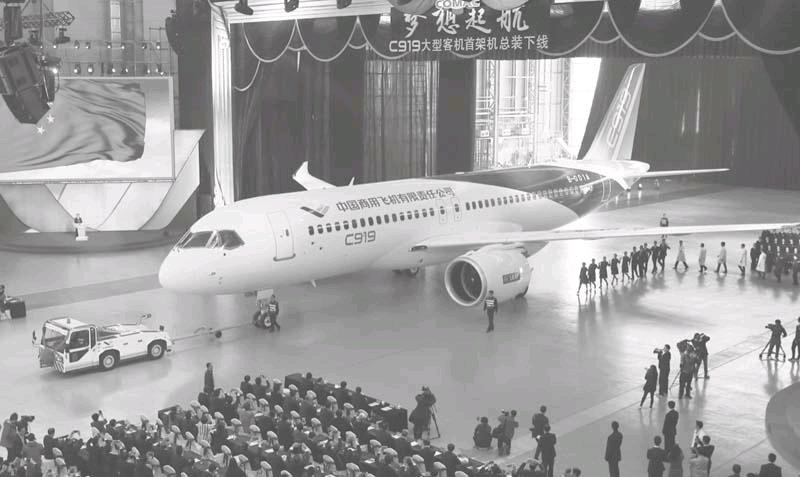
The Communist partys official mouthpiece newspaper, the Peoples Daily, declared the accomplishment “an historic breakthrough”.
“Its a major push for the country, as they want to be known as a major player” in airplane manufacturing, said Mavis Toh, Asia air transport editor for Flightglobal magazine.
The development of Chinas first large passenger jet has huge symbolic value for the Communist party as President Xi Jinping pursues what he calls the “great rejuvenation of the Chinese nation”.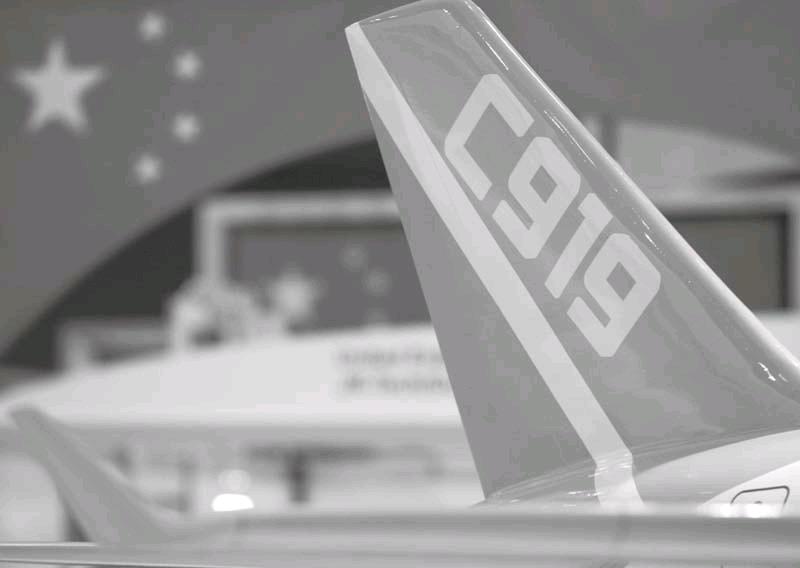
The C919 is one of several initiatives launched by the ruling Communist Party to transform China from the worlds low-cost factory into a creator of profitable technology in aviation, clean energy, and other fields.
The C919, which can seat up to 168 passengers, is meant to compete in the market for single-aisle jets dominated by Airbus Industries A320 and Boeing Co.s 737.
“A great nation must have its own large commercial aircraft,” Li Jiaxiang, the head of Chinas civil aviation authority, told those invited to the planes unveiling ceremony, according to Bloomberg. “The air transportation industry of China cannot completely rely on imports,” he said.
But hard-nosed commercial interests also lie behind Chi- nas bid to launch its first narrow-body jet.
Chinas aviation industry has experienced turbo-charged growth, with the number of airports expected to rocket from about 200 to 240 in the next five years.
Boeing predicts that by 2034 Chinese airlines will need to buy 4,630 new single-aisle planes worth $490bn (£318bn) and 1,500 new wide-body airplanes worth $450bn.
However, most of the planes criss-crossing Chinas increasingly congested skies were made in the US, Europe or Brazil, where Embraer, the worlds third largest commercial aircraft manufacturer, is based.
China hopes to change that by developing its own range of passenger jets and turning the Commercial Aircraft Corporation of China (Comac) – the manufacturer behind the C919– into a force as powerful and lucrative as Boeing, the largest US exporter.
That dream remains some way off.
Work on the C919 Began in 2008
Work on the C919 began in 2008 but its first test flight, originally scheduled for last year, would not now take place until 2016, Comacs chief executive was quoted as saying by Xinhua.
Those tests would last three years before the plane could be put into commercial use, the Peoples Daily said.
While the “C” in C919 stands for China, many of the planes systems have been provided by foreign companies, including Honeywell and Rockwell Collins.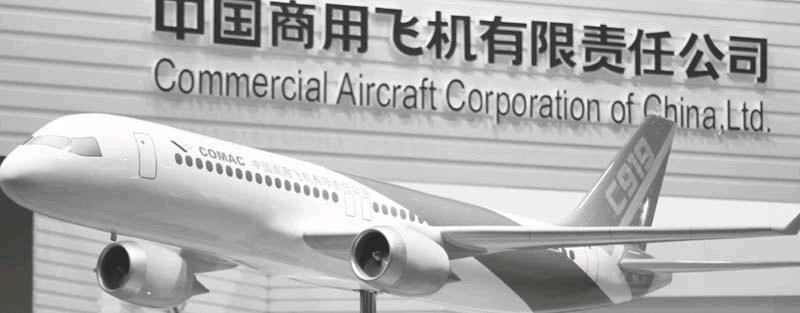
Initially the plane, which has a range of between 2,530 miles (4,075km) and 3,450 miles, will be propelled by “Leap” engines produced by a partnership between Frances Safran and the US firm GE.
“To catch up with Boeing and Airbus is the ideal scenario, but it will take time,” said Zhang Shuguang, a civil aviation expert from Beijings Beihang University, who nevertheless described the “rollout” as a very meaningful moment for China.
“Designing large aircraft is a huge project,” Zhang added.“We need to be patient and have confidence. We also need to show perseverance. Progress will not come easily.”
Its manufacturer, known as Comac, says it has received orders from 21 customers for a total of 517 aircraft, mostly from Chinese carriers but also from GE Capital Aviation Services.
A separate state-owned company also has developed a smaller regional jet, the ARJ-21, to compete in the market dominated by Brazils Embraer and Canadas Bombardier. The first two ARJ-21s were delivered last year to a Chinese airline.
Chinas major airlines are state-owned, which gives the Communist Party a captive pool of potential customers that can be ordered to buy the C919.
“China offers a terrific market, superb engineering talent, and reasonably low costs. Developing a national aircraft industry makes a lot of sense,” said Richard Aboulafia, vice president for analysis of Teal Group Corp., an industry consultant, in a report in July.
Hampered by Official Requirements
The C919, however, is hampered by official requirements that its manufacturer favor components produced in China, unlike competitors who source parts globally, according to Aboulafia.
“This means Western suppliers need to give away technology to play on this jet,” Aboulafia said. “It also means that this aircraft is designed by people whose hands have been tied.”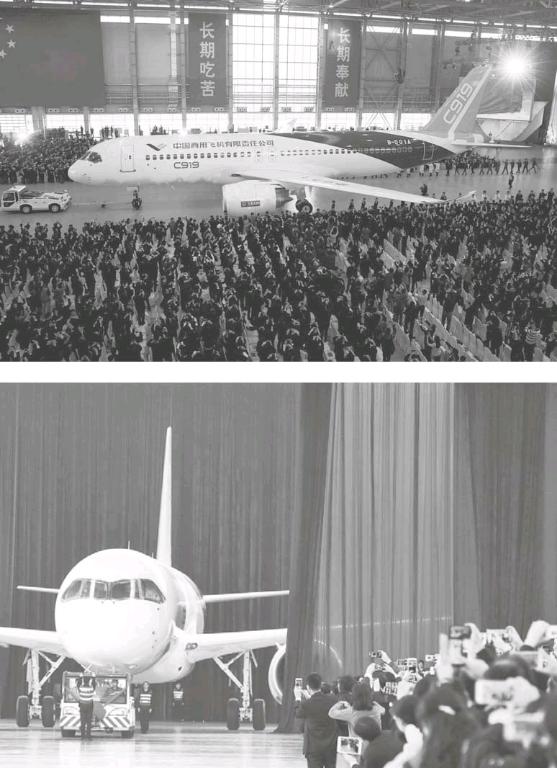
Development of the C919 began in 2008. Plans called for a first flight in 2014 and for it to enter service in 2016, but those targets were pushed back because of production delays.One of the biggest components, the core processing and display system, is being supplied by a joint venture between GE Aviation Systems and AVIC, a state-owned Chinese military contractor.
Other suppliers include Honeywell, Rockwell Collins and Hamilton Sunstrand.
The C919 is Due to Enter Commercial Service in 2019
The development of the new aircraft has been hit by delays since the project was conceived in 2008. Assuming the test flights are successful, the C919 is due to enter commercial service in about 2019.
China has had ambitions to build its own civil aircraft industry since the 1970s, when leader Mao Zedongs wife, Jiang Qing, personally backed a project. But the Y-10s heavy weight made it impractical and only three were ever made.
The C919 will compete in the market for single-aisle jets dominated by Airbus A320 and Boeings 737. But the Chinese aircraft is just the start of a strategy to eat into the Airbus-Boeing duopoly.
Comac also plans a wide-body plane, the C929, in cooperation with Russias United Aircraft Corp, and the company is also expected to create an aero-engine operation.
Foreign firms are key suppliers to the C919, including Honeywell and Rockwell Collins in the US. The aircrafts engines are made by CFM International, a joint venture between Americas General Electric and Frances Safran.
End of Duopoly?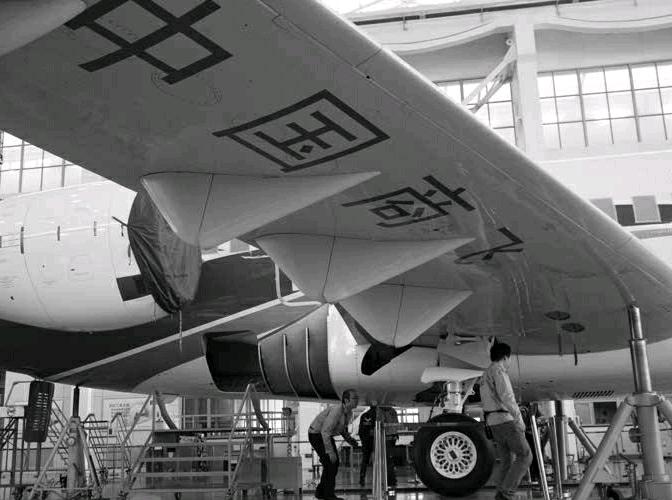
Small wonder that state media are channeling Comacs confidence about the C919s bright future.
The company expects to sell 2,000 aircraft in the coming 20 years and some Chinese commentators even predict an AB-C (Airbus-Boeing-Comac) three-way fight for market share in the long run.
So far, the C919 has received 517 orders, mostly from state-owned Chinese carriers and domestic aircraft leasing companies.
The lack of certification from the U.S. Federal Aviation Administration (FAA) is seen as a major hindrance for inter- national sales.
And Chinese public reactions have seemed mixed online. While many express pride and support in an indigenous jetliner, others sound skeptical about the safety of an entirely made-in-China plane.
Some Internet users have made a point of saying they will feel comfortable flying the C919 when it is used as Chinas “Air Force One.”
For now and in the foreseeable future, though, its a safe bet that President Xi will continue to ride a specially configured Boeing 747 jumbo jet when he travels abroad.
The Chinese company also plans a wide body plane, the C929, in cooperation with Russias United Aircraft Corp., and speculation is mounting China will create a new aero-engine entity to try to produce the powerful jets needed for large civil aircraft.
